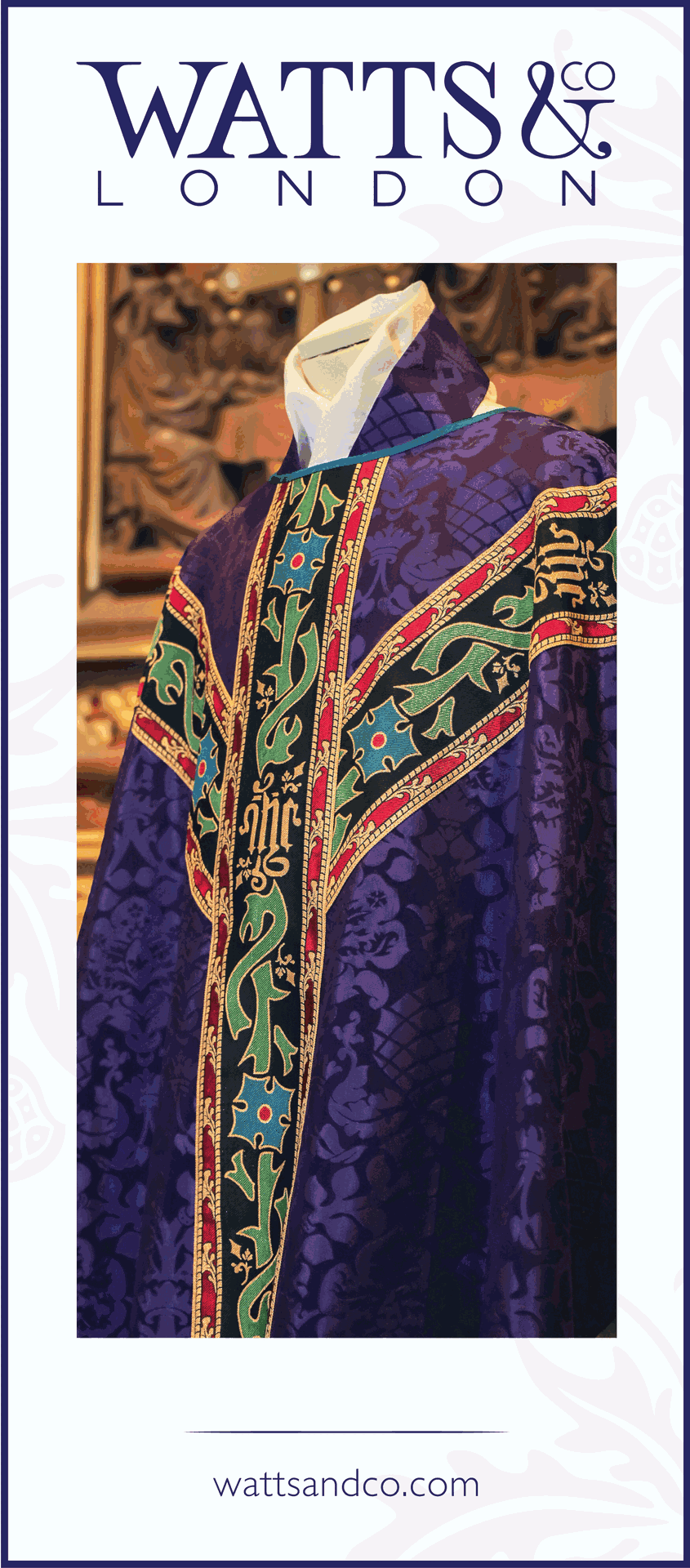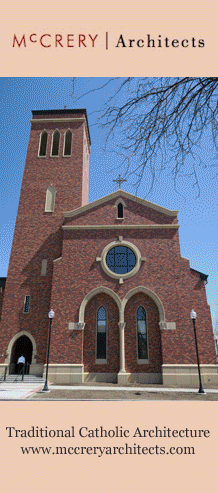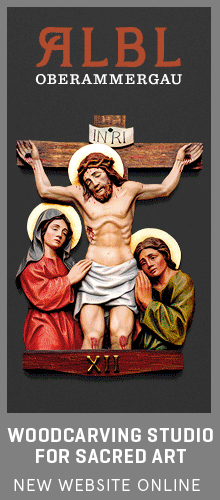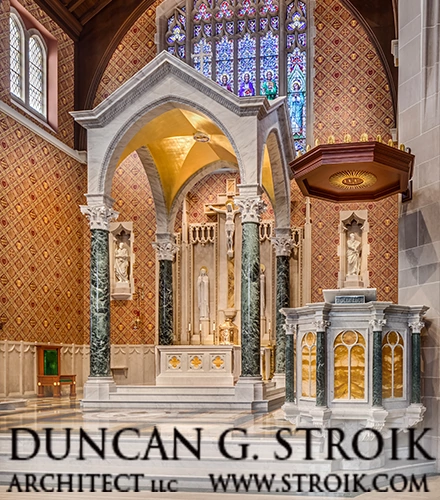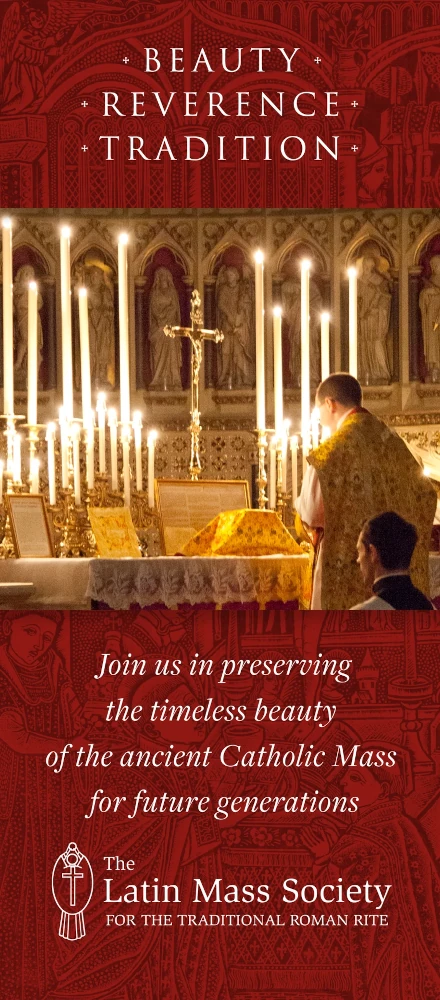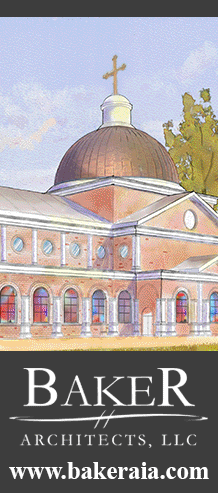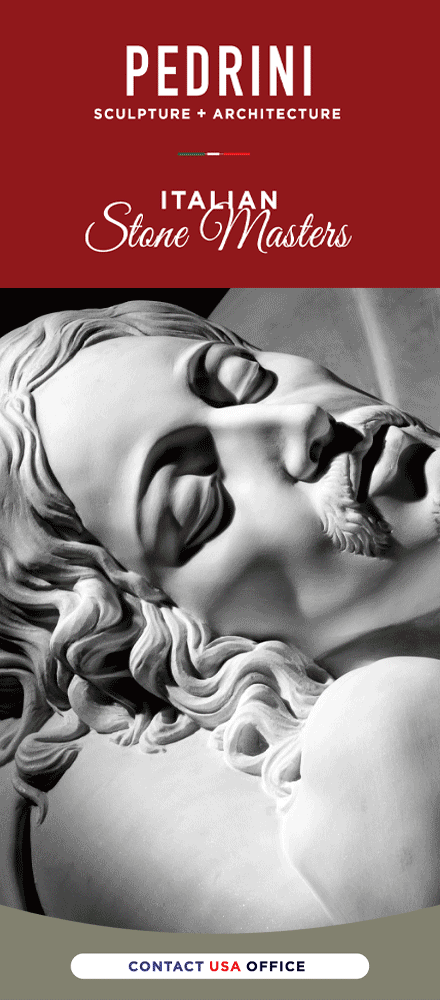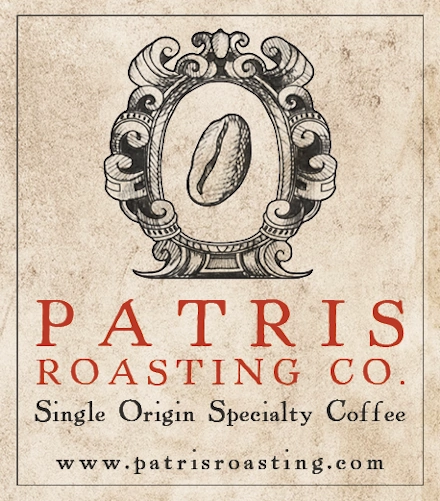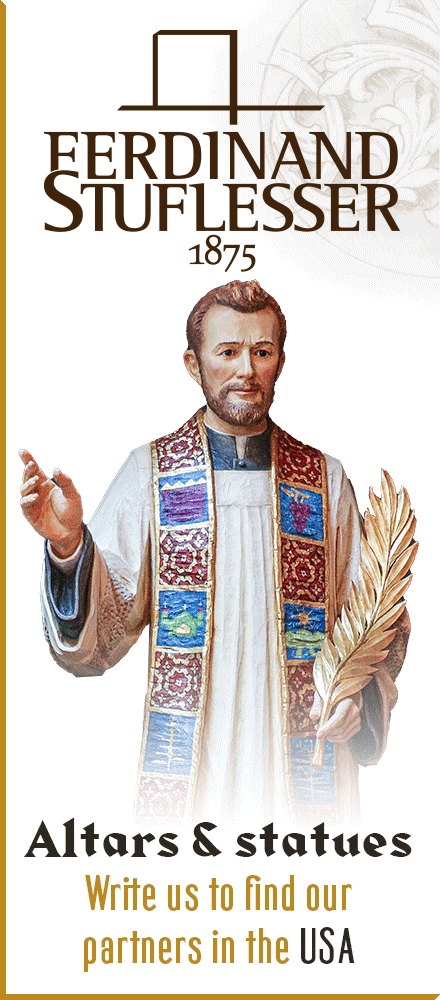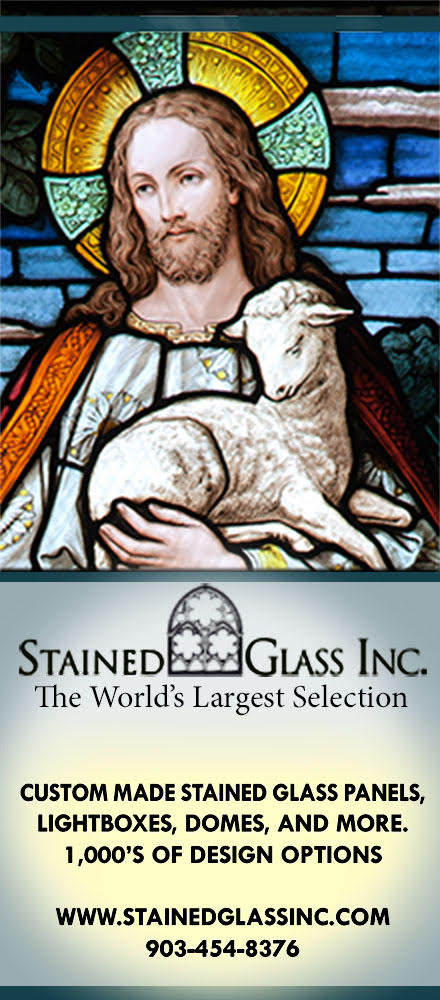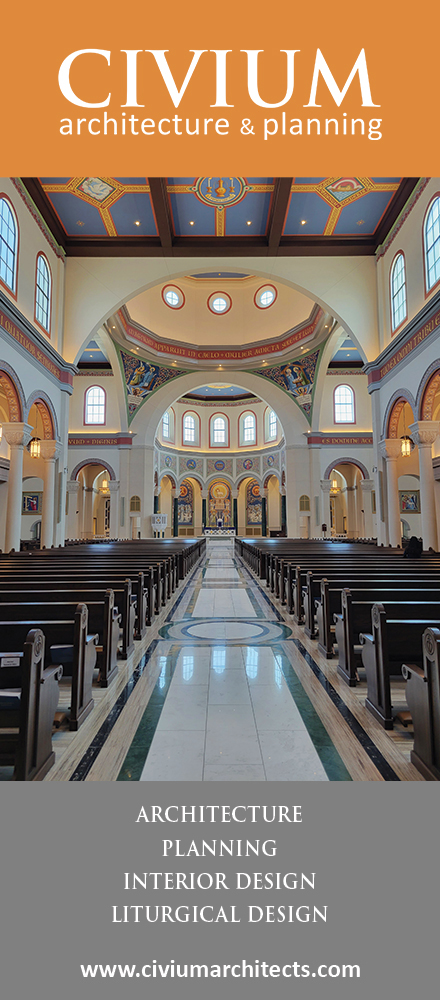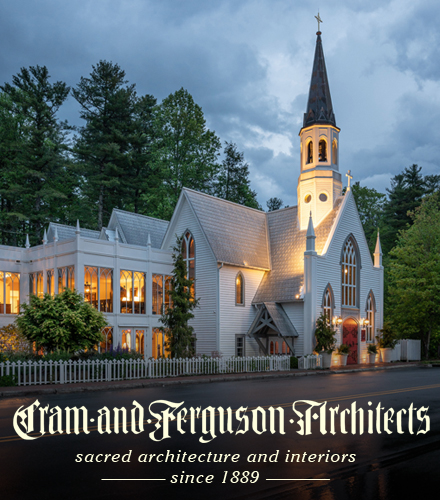Jeffrey's post on Fr. Martin Fox's recent addition of the six candlesticks and cross upon his parish altar has led to a discussion of other aspects Father could do to help re-enchant his parish sanctuary.
Father seems quite open to comments and suggestions and the discussion inspired me to again pick up my virtual paintbrush and make some graphical modifications. Of course, what this really provides is an opportunity to again espouse some of the principles we have tried to put forward here on the NLM as regards the re-enchanting of the parish sanctuary and altar. (And as I recall, Fr. Fox has asked me in the past about these matters in this and his other parish church, so this allows us to continue that discussion.)
Do keep in mind that what is being proposed and looked at here is not intended to be "the ideal" but rather, what might be done for little or no money in view of typical parish circumstances and budgets.
That said, let us first look at Father's sanctuary with his new and wonderful introduction of the "Benedictine altar arrangement" -- or if you prefer, the Roman altar arrangement put onto an altar liturgically oriented versus populum:
Let us look at the various elements.
So here we can see the very nice tall six candlesticks and candles Father has put onto his altar. A matching altar cross of a similar style, and one a little taller, would be a goal to shoot for, but still, well done adding this to the altar -- and one at times must be pragmatic and make do. Better to do so than to not proceed at all in such a case as this.
One of the issues that came up in the comments, and it was certainly one which I have made before in posts and privately to priests who have asked advice on this front, is that I have often advised against putting floral arrangements (or anything else, including nativity scenes, thanksgiving decorations, etc.) in front of the altar.
The altar is best made a central point of focus by being unobstructed, and with the addition of the six candlesticks and cross, this helps focus one's attention on the altar significantly. Other items tend to distract and take away from the altar and this arrangement. Rubrically as well it allows for a clear path around the altar for its incensation and also retains the possibility of celebration ad orientem.
One element I have promoted is the ornamentation of the altar by use of traditional altar frontals. I cannot stress the point enough.
Looking behind the freestanding altar to the original high altar (which I am sure we all would agree, Fr. Fox no doubt included, would be delightful to simply restore; but that is sometimes easier said than done in present diocesan climates) a few other thoughts present themselves.
At times, retaining the original high altar candlesticks can be effective, particularly when the new free-standing altar is in a very large and elongated sanctuary or where the original altar quite a bit higher. This helps separate in visual terms the two as distinct entities. Many Cathedrals, such as that of Melbourne, show this reality quite well, as well as Assumption Grotto in Detroit.
In smaller sanctuaries such as this however, what can happen is that the retention of the candlesticks or the addition of candelabra can crowd the visual space, thereby taking away again from the primary altar and the re-orienting effect of the "Benedictine arrangement" which re-focuses the sanctuary upon the altar of sacrifice. In a case such as this one, I would propose it is best to remove those candlesticks and candelbra, leaving perhaps two upon the old high altar to sit beside the tabernacle.
Using some of these principles, I did a graphical mock-up, re-arranging or changing certain elements, thereby also capitalizing upon Fr. Fox's excellent new candlestick and cross arrangement upon his altar. Here was the result, comparing the two:
Present and Proposed
You will note I have not edited in a new altar cross, and I also didn't leave two candlesticks by the tabernacle; this was simply because it would be difficult to effectively accomplish in the graphical tool I am using to perform these edits.
As I have implied earlier on, I have done these edits in view of the "design on a dime" philosophy (as Amy Welborn so wonderfully put it about my last sanctuary design projects). Throwing money at a sanctuary can be extremely effective, but most places are not in a position to do it.
So what have I done?
1. Removed the flowers from before the altar.
2. Removed the extra candelbra and candlesticks from in front of the altar and from behind on and surrounding the old high altar (again, two of them could be left which would be quite nice as well) to allow focus upon the new candlesticks, cross and altar.
3. I have replaced the other altar cloth/frontal with a more traditional style frontal (which would be changed according to liturgical season and/or feast once the parish had acquired all the colours).
4. I have added an ornamental carpet that would lead up the stairs into the sanctuary and right up to the base of the altar frontal. This is a particularly good inclusion for the typical freestanding altar today which, quite sadly, are not typically elevated up upon steps. By introducing this ornament, it further adds some colour that leads one's eye up to the altar in a way similar to what steps help to do.
It is worth noting that points 3 and 4 are the only that would actually require a financial investment, and a modest one at that.
The other point I would bring us back to is that the purchase of a more ornate, taller altar cross would be the one other change I would like to propose for consideration.
Comments and critiques are welcome, and I'd particularly like to hear Fr. Fox's thoughts on my phase II proposal.
UPDATE
Fr. Fox asked in the comments what I might do in addition to what I have already mentioned if I was given a little bit more money to do this renovation. He has noted that both he and his parishioners find the sanctuary bare and wish to resolve that.
The first thing I'd note is that the use of altar frontals and rug like those I've proposed will certainly help in a significant way in this regard. It not only adds colour, it also makes the altar quite a bit more prominent.
I would add that I am in agreement with the suggestions made by some that matching tabernacle veils also be made to go over the tabernacle door and match the frontals.
I would certainly recommend that any money invested be invested first in these elements. Those things accomplished then, what else might one do?
Colour and Pattern as Ornament rather than Addition of Objects
A mistake that can often be made in any kind of decoration is the thought that one removes a feeling of "bareness" by adding objects. Sometimes there is a need to add some objects, and this is where some well placed statues upon pillars or in niches can be very helpful.
But it seems to me that there is another place to begin looking, which may be more effective, and that is colour and pattern of the existing architectural elements.
Flooring and Altar Placement and Height
In the case of Fr. Fox's sanctuary, my first question would be: what is under that sanctuary carpeting? There may be a marble, tiled or wood floor that incorporates some different colours or patterns. If there is, restoring this by removing the carpet and cleaning/repairing the floors can add a significant amount of visual interest.
If that is not there, or was removed, this is one element to consider throwing some money at. If one is prepared to do that, this would also be a good time to consider moving the altar back a little deeper into the sanctuary (Benefits: greater connection to the tabernacle and crucifix, and more room for servers and clerics in ad orientem liturgies, a reality we need to begin preparing for). It would also be the time to put the altar up at least two steps, leaving enough room on both sides of the altar for a priest to comfortably stand at the altar.
The Sanctuary Wood
The use of tasteful colours and traditional patterns on the walls of the sanctuary is another way to traditionally add interest to a sanctuary. This is often better than placing objects in the sanctuary and more substantial.
In the case of Fr. Fox's parish, the wood paneling here is quite "monotone" and the crucifix, whose wood is of the same colour, isn't as striking as it could be as a result.
Compare this to the visual interest of the ribbing we can see with its blue colours and wonderful gold highlights. I would certainly recommend that we borrow from that palette and adopt that into parts of the wood paneling in the sanctuary.
Specifically, I would suggest that the panel that sits behind the tabernacle and crucifix needs to be coloured. I would recommend matching the gold and then finding a colour that will complement the blue in the gothic ribbing. Then, add to this some sort of gold-stencilled gothic revival like patterns, such as the use of the gothic-script IHS monogram and ornamental Greek crosses/fleur-de-lys.
I would extend this use of colour with gold highlights to include the horizontal wood strip at the top of the paneling on the rest of the sanctuary wall -- though just those horizontal strips. This will unify the rest of the paneling with the newly painted paneling behind the cross and altar -- which is important.
Adding Some Stencilling and Colour to the White Sanctuary Walls
While one is doing the painting and stencilling on some of the panel work, another final bit of colour and design work that would really accentuate this sanctuary and give it some detail relates to the white space on the "North" and "South" sanctuary walls (bear in mind the concept of the liturgical East; I am speaking of the extreme left and right of the picture).
You'll note these are white and then have a bit of lower wood work as was typical from Victorian times. There are also a gothic shaped door and each side.
One would do well to add here a one foot or so painted border (borrowing again from the colour palette used on the wood, possibly identical to it) that would go horizontally, just above the shorter wood panelling on those liturgically northern and southern walls. This could include some more ornate gold stencilling, such as the use of large ornamental Greek crosses with other linear patterns potentially as well to offset them.
Another Nice to Have
After all the above where to be done, re-introducing an altar rail across the sanctuary would finish it off quite nicely.

